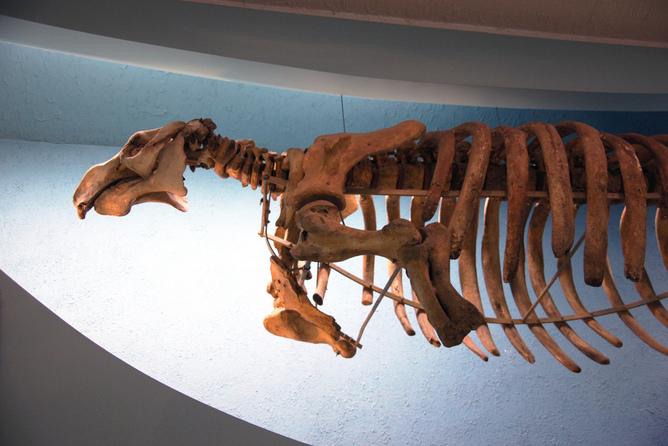Vitus Bering, the famous explorer, led perhaps the most ambitious scientific expedition ever in the 1730s. Commanding 10,000 people, he was in charge of exploring the vast lands of Siberia and the unknown sea between Siberia and Alaska. In 1741, he was forced to land on what would be later known as Bering Island, where he would die. In his crew was a doctor and naturalist, Georg Steller, who discovered in the calm waters close to the island a massive three-ton marine mammal, similar to a manatee, that has the name of Steller sea cow.
The new species to science is famous because it became extinct only 27 years after it was discovered. Unfortunately, hundreds of other vertebrates have become extinct because of human activities in the last five centuries.
In our recent paper, we analyze whether the rate of modern extinctions caused by human activities is higher that the normal or natural extinction rate. This is important because it would let us understand if we are causing a mass extinction.
